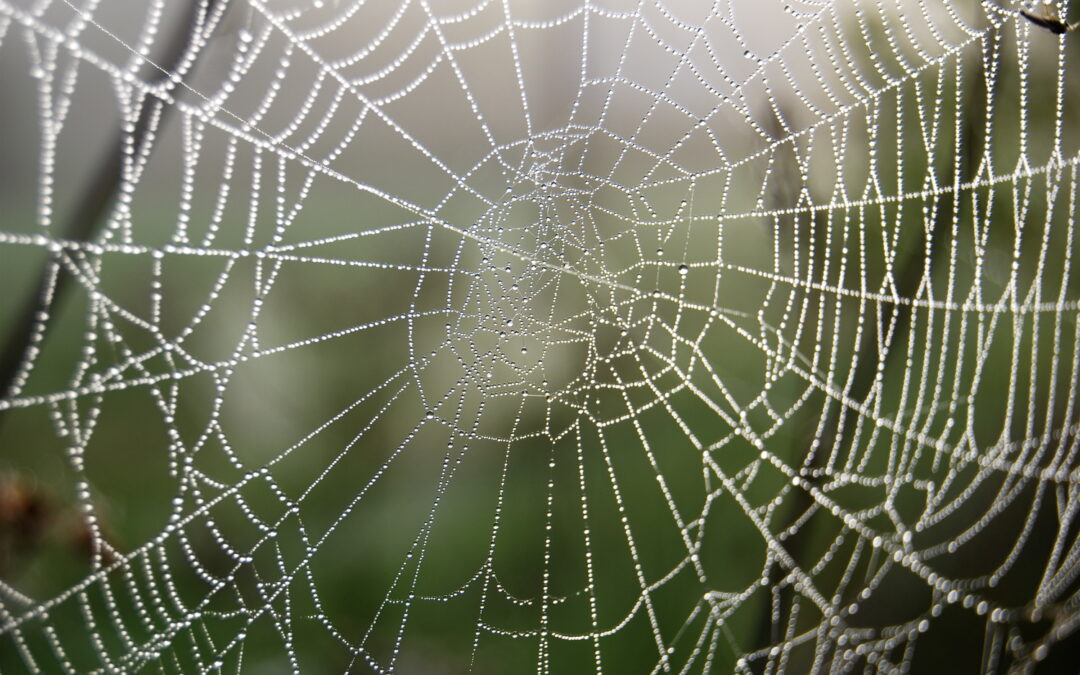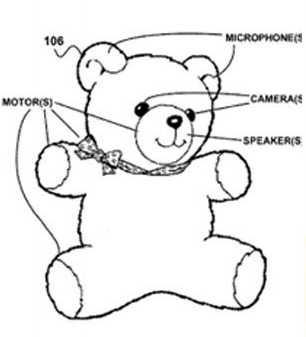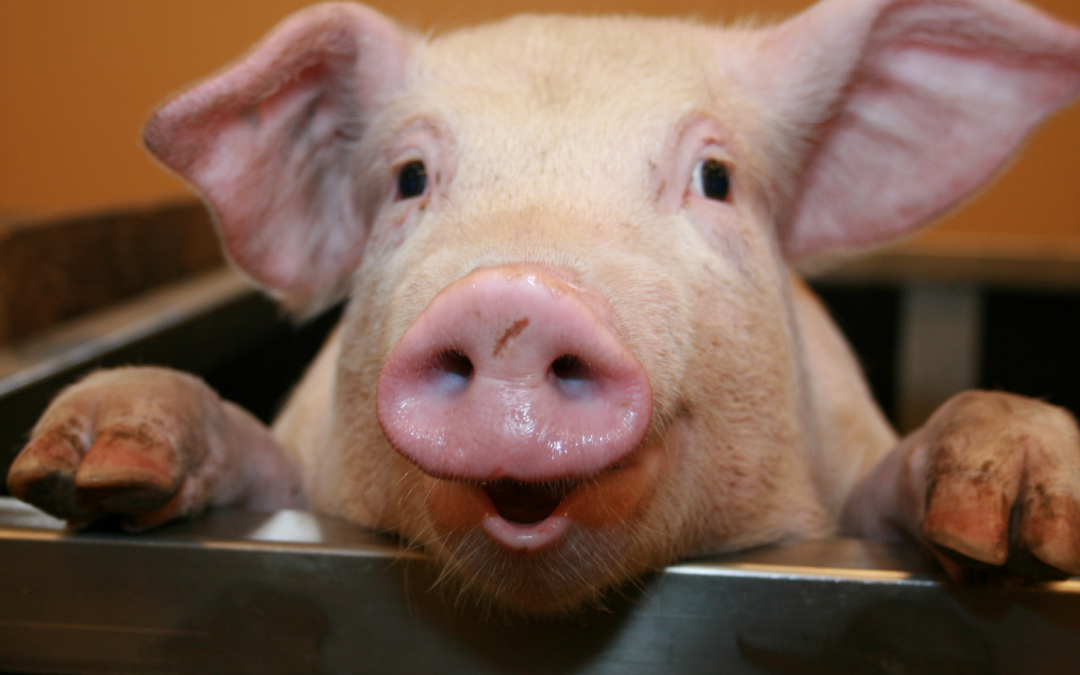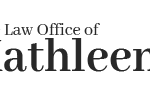
by Kathleen Lynch | Jun 30, 2015 | Innovation, IP Management
Recently, the U.S. Supreme Court confirmed a lower court ruling for Marvel Entertainment relating to a patent royalty dispute for a Spider-Man toy. The majority, written by Justice Kagen, found that Marvel did not have to pay the agreed to royalties to the inventor of a web-shooting toy after the patent term expired. “Patents endow their holders with certain superpowers,” Kagan wrote, “but only for a limited time.”
The decision is a loss for the Spider-Man toy inventor Stephen Kimble. Mr. Kimble obtained the patent in 1990 for a toy that shoots foam string from a gloved hand, imitating the web spun by a spider person. Kimble sought to market the toy to Marvel’s predecessor, which at the time made its own “Web Blaster” toy without paying Kimble.
In 1997, Kimble sued Marvel and the parties settled for a fixed payment to Kimble, along with a 3 percent royalty on sales of the toy with no cutoff date. Marvel later sought a declaratory judgment that it no longer needed to pay royalties after the end of the patent term in 2010.
What’s the take away here? If you are entering into a license agreement for intellectual property rights, be sure to fully understand your obligations as well as your rights. Capitalizing on innovative developments is critical to any organization. Having the right person to help you make those decisions is important. The Law Office of Kathleen Lynch PLLC is designed to help businesses such as yours keep ahead of the game. The first telephone consultation is free. Email us at [email protected].

by Kathleen Lynch | Jun 12, 2015 | Innovation
Google recently filed for patent protection for an interactive toy, such as a teddy bear. In response to the user’s voice or movement, the device can adjust its gaze, or change its expression. In addition to its ability to interact with children, the toy may also be used to control media devices such as a TV, DVD, or the like.
The device, while initially aimed as an interactive children’s toy has taken on the air of a creepy toy. The patent application was filed in 2012 when privacy issues were less of a concern. It has only recently been published. However since the device has the ability to record conversations and log activity, the privacy concerns are heightened, especially since the device is intended for children. There is a petition to request the application be withdrawn. Google noted that “some … ideas later mature into real products or services, some don’t.”
Given the length of the patent process what sometimes starts out like a good idea may not become one in the long run. Generally, good ideas are worth protecting. Protecting your ideas is critical to any organization. Having the right person to help you make that decision is important. The Law Office of Kathleen Lynch PLLC is designed to help businesses such as yours keep ahead of the game. The first telephone consultation is free. Email us at [email protected].

by Kathleen Lynch | Feb 3, 2015 | Innovation, Patent, Trade Secrets
Unitherm Food Systems, a food process machinery manufacturer, recently discovered that you cannot seek both patent and trade secret protection for the same innovation. Unitherm filed an action in 2014 against Hormel for disclosing Unitherm’s trade secrets to a competitor. Unitherm’s alleged trade secret focused on a method for pre-cooking sliced bacon.
In 2007, both companies executed a joint development agreement for developing an oven that would produce high levels of steam for cooking. Under the agreement, Hormel would own all intellectual property. In 2008 Unitherm filed a patent application covering the process of cooking food at high steam levels. Hormel withdrew from the agreement with Unitherm and filed for patent protection in 2010 on its own method of cooking bacon. Unitherm alleged that the method claimed by Hormel was that developed by Unitherm during the course of the joint development agreement and was proprietary.
The court threw out Unitherm’s claim for misappropriating its trade secret. The judge told Unitherm that they could not maintain a trade secret on something for which they were seeking patent protection.
Take away: you can’t claim something as a trade secret if you are going to try to obtain patent protection for the same innovation. Best practice: first figure out what is the best avenue for protection for your innovation (i.e. patent, design patent, trade secret, etc.). Then, try to obtain that protection for your innovation to the greatest extent allowed by law.
Protecting your innovative developments is critical to any organization. Having the right person to help you make that decision is important. The Law Office of Kathleen Lynch PLLC is designed to help businesses such as yours keep ahead of the game. The first telephone consultation is free. Email us at [email protected].

by Kathleen Lynch | Dec 9, 2014 | Innovation
Recently, President Obama recognized the 2014 National Medal of Technology and Innovation Laureates. These men and women were honored for their significant contributions to the development of new and important technologies. The winners include:
- Charles Bachman for his cutting edge developments in the field of database management, transaction processing and software engineering;
- Edith Flannigan, a chemist working for a division of the Honeywell Corporation, for her developments in silicate chemistry, chemistry of zeolites and molecular sieve materials;
- Thomas Fogarty, Fogarty Institute of Innovation, for his developments in minimally invasive medical devices;
- Eli Harari, of SanDisk Corporation, for invention and commercialization of Flash storage technology to enable universal data collection and storage in consumer electronics, mobile computing and enterprise storage;
- Arthur Levison, Calico Life Sciences, for advancements in biotechnology and personalized medicine, leading to the discovery and development of novel therapeutics for treating cancer and other life threatening diseases;
- Cherry Murray, Harvard University School of Engineering and Applied Sciences, for her contributions to telecommunication devices, use of light in studying matter, and leadership in the development of STEM (science, technology, engineering and math) workforce here in the United States;
- Mary Shaw, Carnegie Mellon University, for her leadership in the development of innovative curricula in the area of computer science; and
- Douglas Lowly and John Schiller, National Cancer Institute and National Institute of Health respectively, in developing virus-like particles that led to generating effective vaccines for HPV and related cancers.
Kudos to all the winners. For those of us who support innovation, it is gratifying to learn of these advancements and to appreciate the improvements to the quality of life here and around the world.
The Law Office of Kathleen Lynch PLLC is dedicated to helping you protect your innovative developments. Email us at [email protected]. The first telephone consultation is free.








